Surroundings
The province of Piacenza is beautiful, with its green hills and valleys, ancient villages, and castles, making it one of the richest provinces in Italy.The city of Piacenza is also worth discovering. It truly deserves a visit: it will be a delightful surprise.
La Tosa is located at the entrance of the Nure Valley in a strategic position, at the center of the province. We are five minutes away by car from Grazzano Visconti, the most famous tourist center in the Piacenza area: a village rebuilt in medieval style at the beginning of the 20th century by Duke Giuseppe Visconti, father of the director Luchino, around the 14th-century castle. In addition to the beautiful views of the village streets, and the visitable castle park, you can admire the products of local craftsmanship.
Heading into the Nure Valley, you reach the village with a vaguely Ligurian atmosphere of Bettola, which is said to have been the birthplace of Christopher Columbus's grandparents, whose tower house is preserved in the small village of Pradello.
Adjacent to our valley, the beautiful Trebbia Valley, with its open and spectacular landscape, leads to the medieval town of Bobbio, between the 9th and 10th centuries one of the most important cultural and religious centers in Europe, thanks to the monks of the Abbey of San Colombano: in addition to the Abbey, do not miss the Church of San Colombano, the Malaspina Castle, and the Hunchback Bridge. A natural spectacle, a few kilometers after Bobbio, are the bends of the Trebbia River at San Salvatore.
At the entrance of the valley, the small but great gem is the village of Rivalta, surrounded by walls and containing a beautiful castle, which can also be visited in its service parts, a very rare feature for castles.
In Val Tidone, the imposing Rocca d'Olgisio in the municipality of Pianello Val Tidone is beautifully preserved, and worth a visit is also the Museum of the Borgo Lentino Mill in Nibbiano.
In the eastern half of the province, in the plains, the town of Cortemaggiore, the ancient seat of the Renaissance Duchy of the Pallavicino family, is rich in arcades and beautiful churches from the 14th and 15th centuries with important frescoes.
Nearby, Chiaravalle della Colomba hosts an important abbey from the fourteenth century which encloses a beautiful cloister.
Within the hills, in Val Chero, another treasure of Piacenza are the ruins of the city of Veleia Romana, between the 1st century BC and the 3rd century AD, a thriving residential center known for its therapeutic waters and wine: the forum and remains of houses are clearly visible.
Heading towards the province of Parma, you'll find three authentic jewels of the Middle Ages: the Romanesque Church of San Giovanni Battista flanked by the Baptistery in Vigolo Marchese; then Castell’Arquato, at the entrance of the Val d'Arda, one of the most beautiful medieval villages in northern Italy, perched on a hill with the town hall square at its peak, overlooking the Rocca, the Collegiate Church of Santa Maria Assunta, and the Palazzo del Podestà, while nearby, the Geological Museum houses numerous fossils; finally, just a stone's throw from Salsomaggiore, the small fortified village of Vigoleno, wonderfully preserved, clustered around the Castle and the Romanesque Parish Church of San Giorgio.
Last but not least, the city of Piacenza, a city lived entirely from within, with magnificent courtyards and secret gardens. There are many churches, such as the Romanesque Cathedral and the Renaissance churches of Santa Maria di Campagna and San Sisto. There are also many palaces, such as the Gothic Palace and the imposing Palazzo Farnese, which houses the Art Gallery, the Archaeological Museum, and the Carriage Museum. Finally, the Ricci Oddi Modern Art Gallery, the Municipal Theater, and the equestrian statues by Francesco Mochi in Piazza Cavalli complete the picture of a city that may be somewhat unspectacular, but extremely interesting and rich in many treasures.
We believe there is enough here to visit our beautiful province.
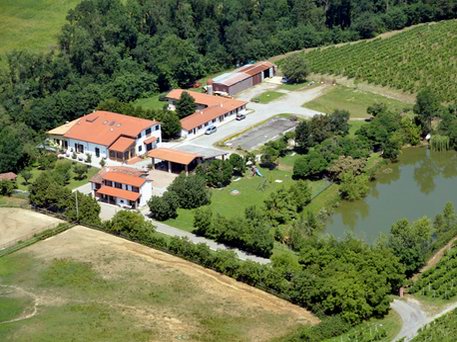
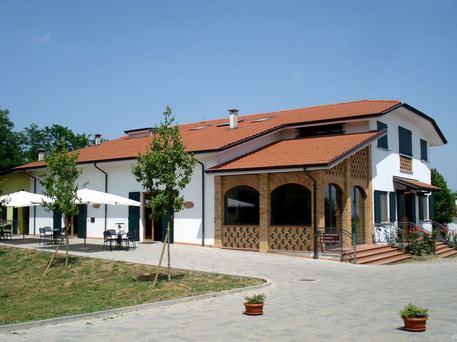
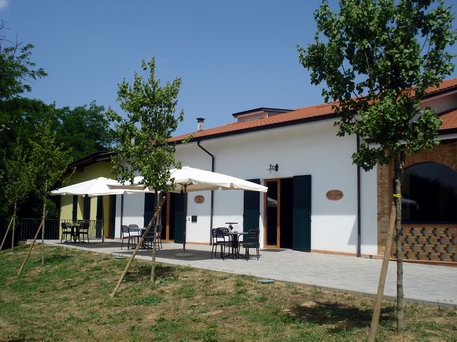
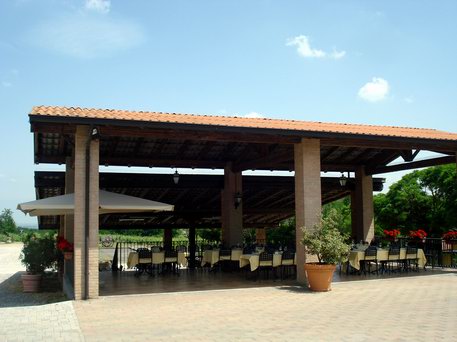
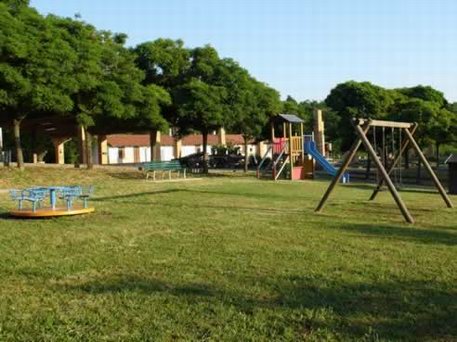
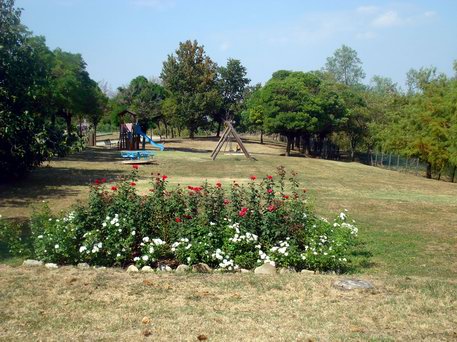
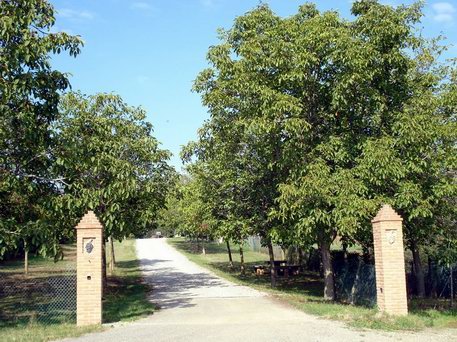
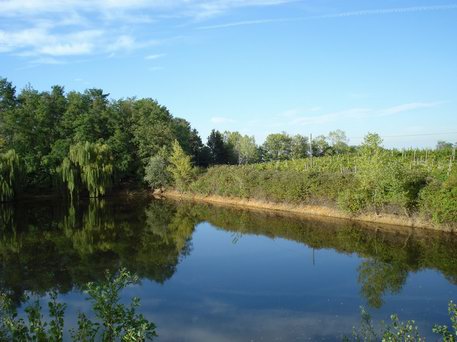
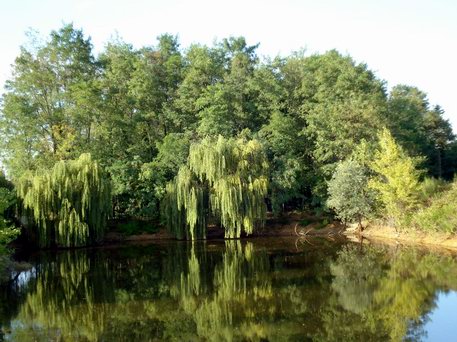
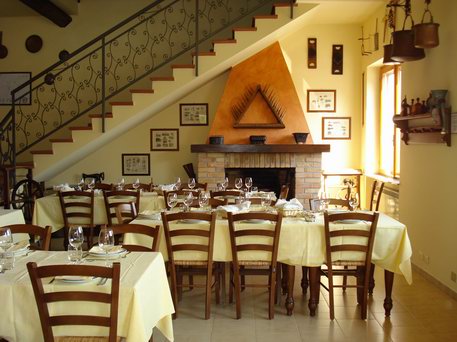
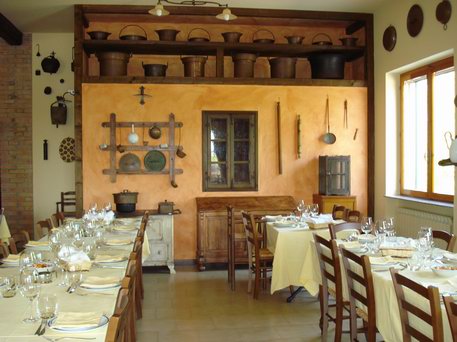
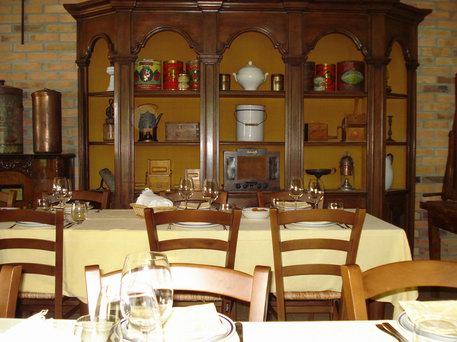
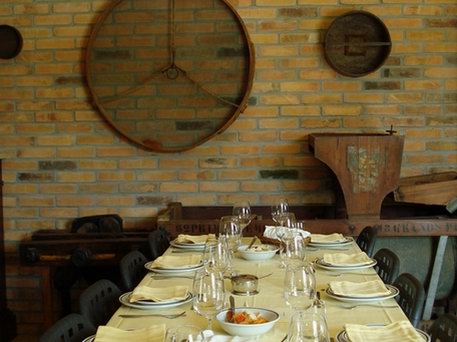
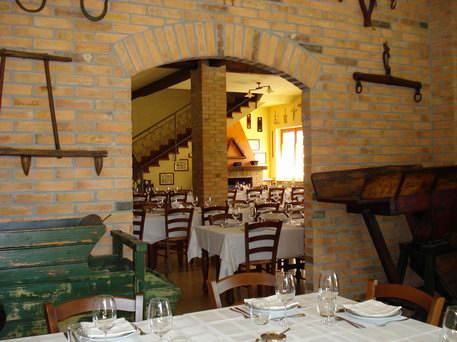
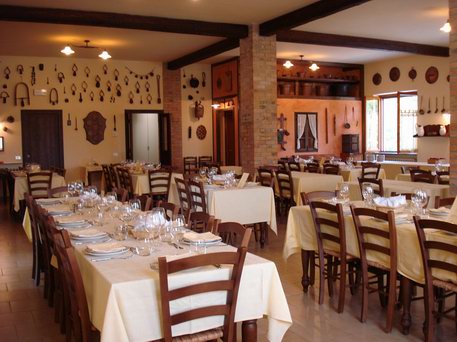
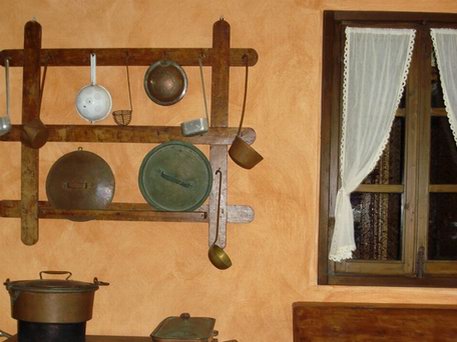
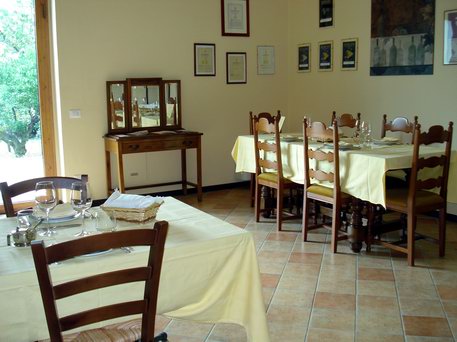
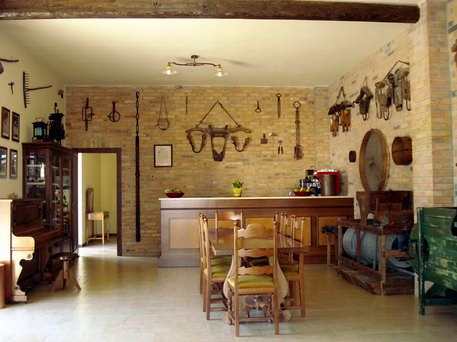
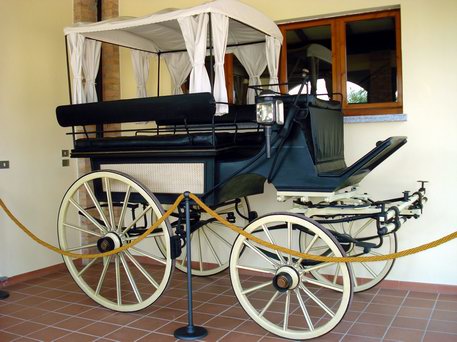
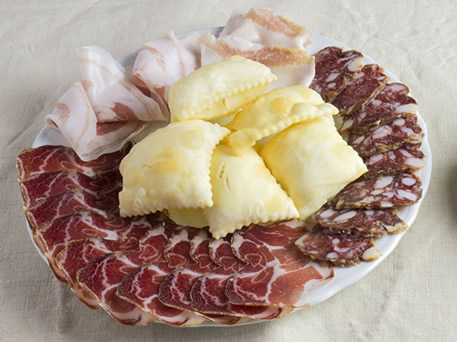
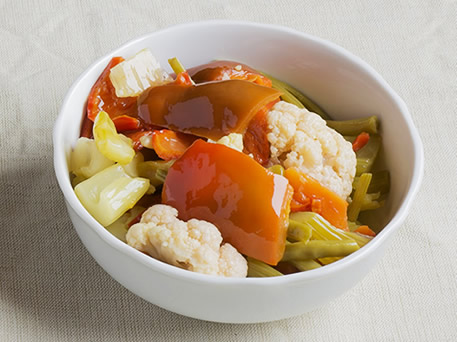
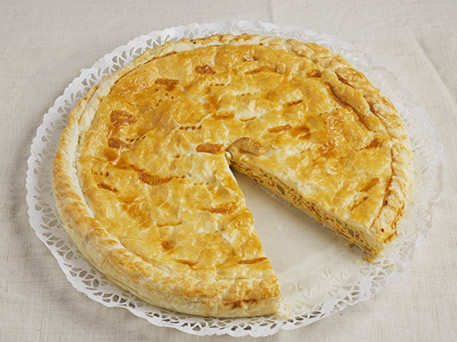
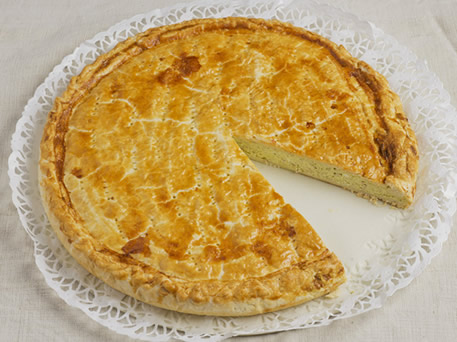
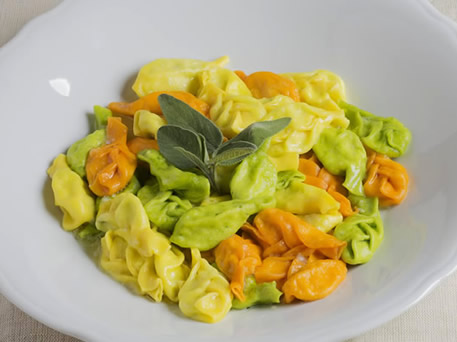
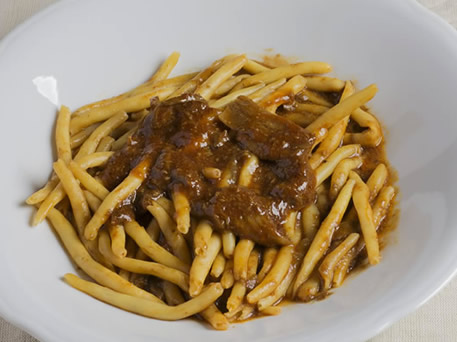
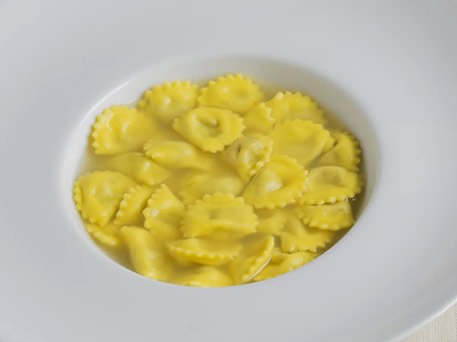
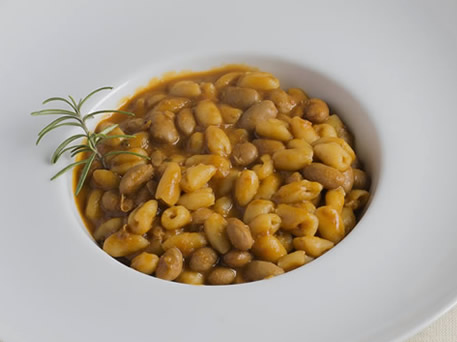
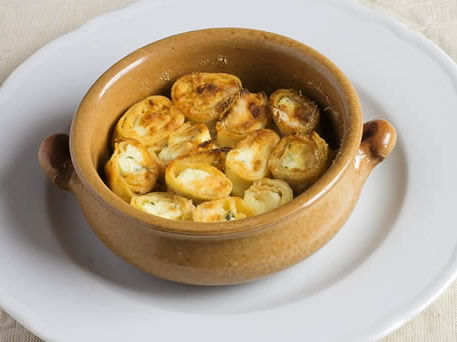
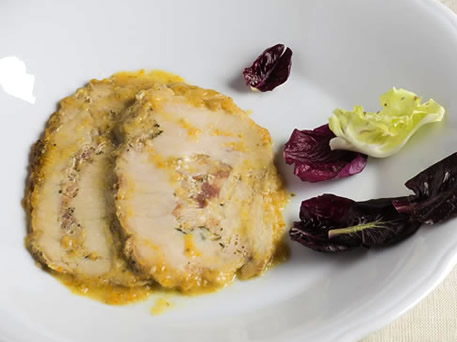
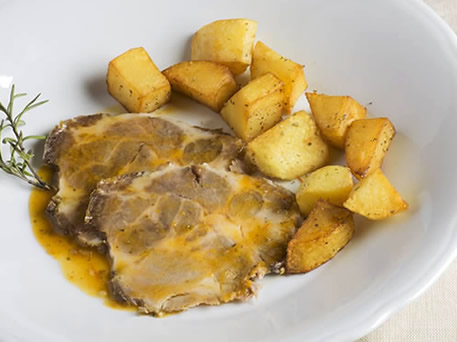
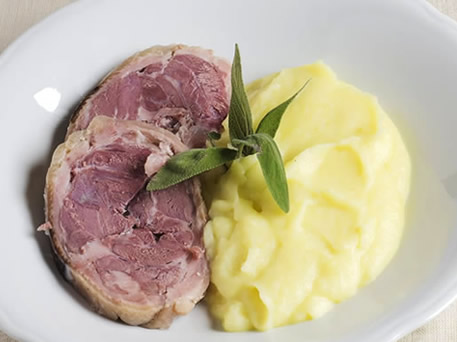
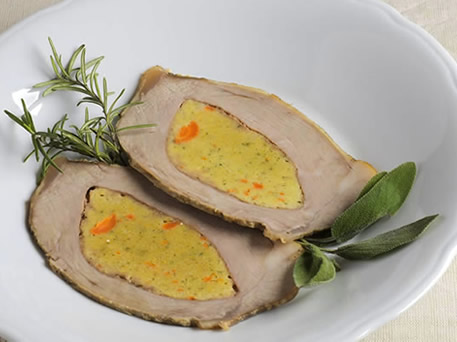
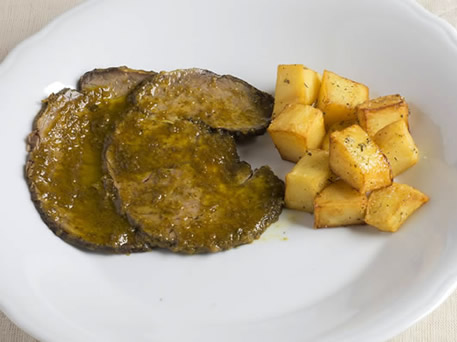
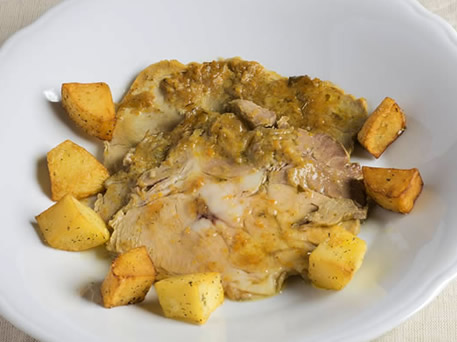
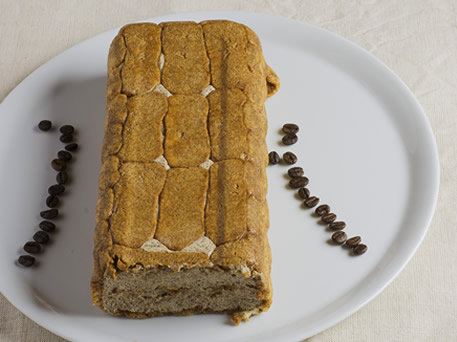
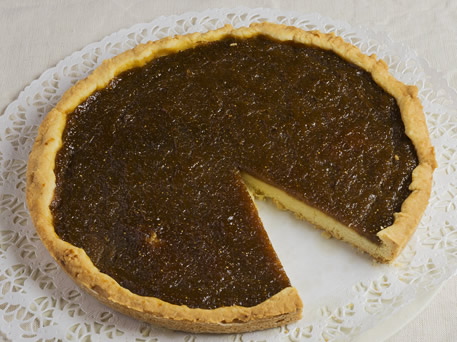
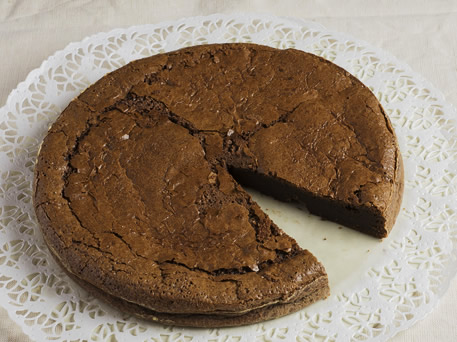
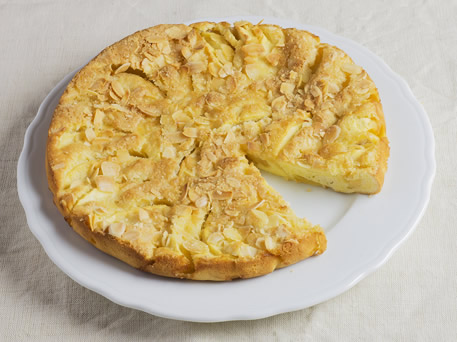
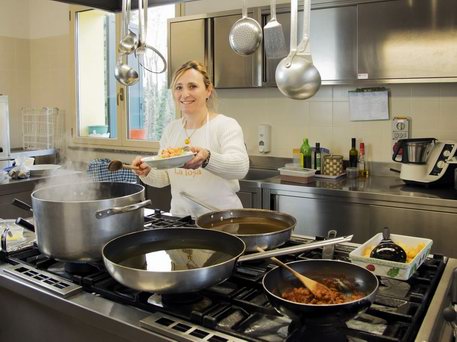
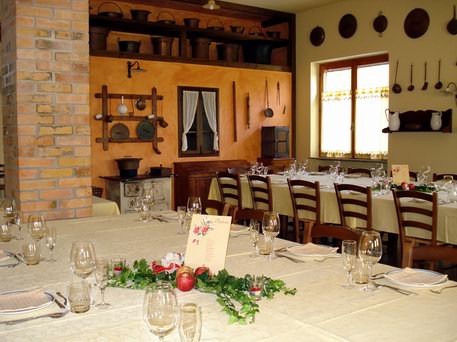
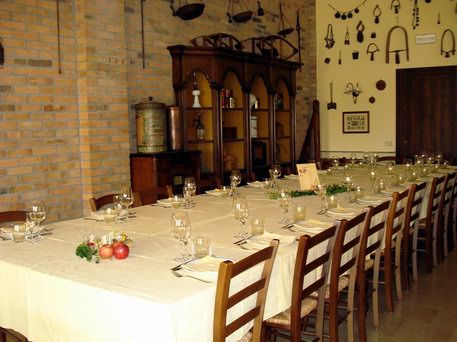
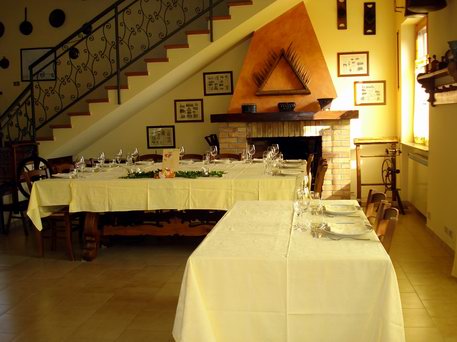
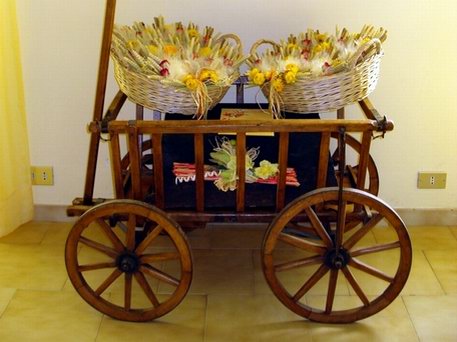
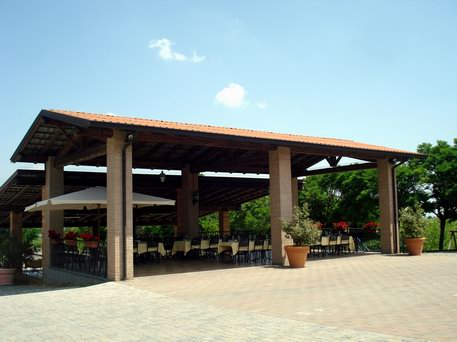
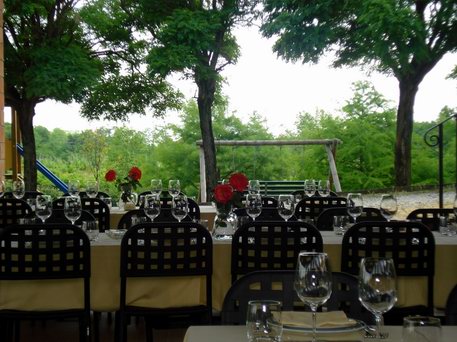
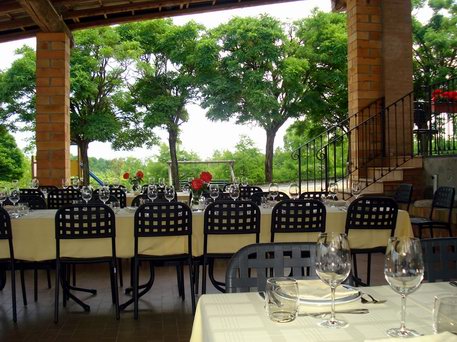
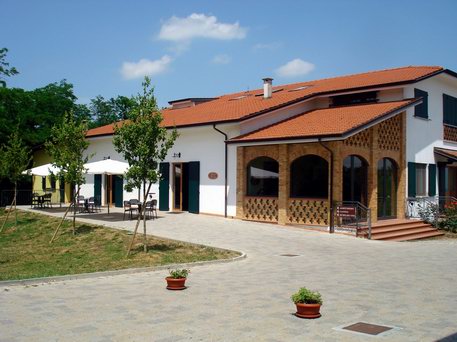
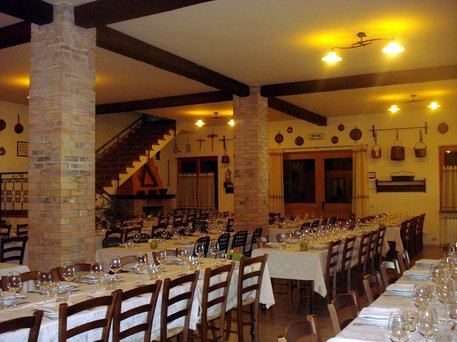
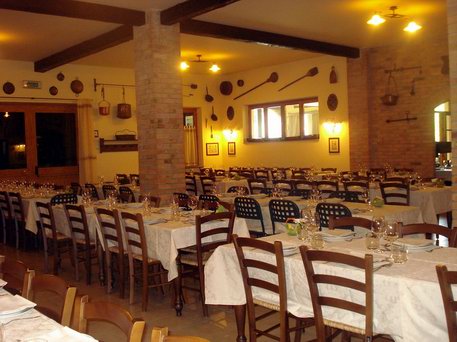
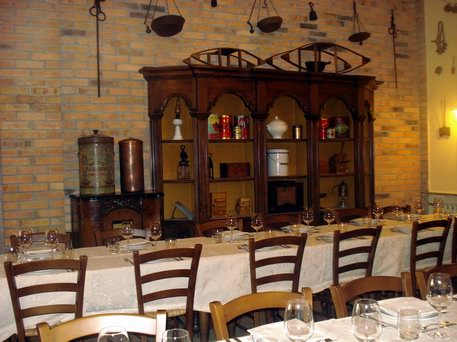
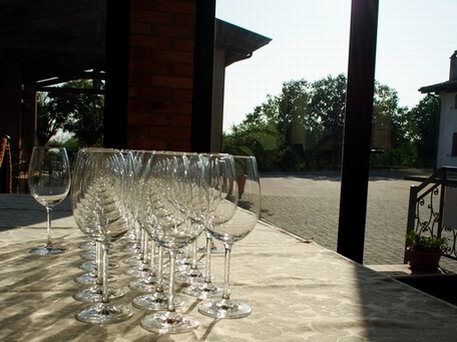
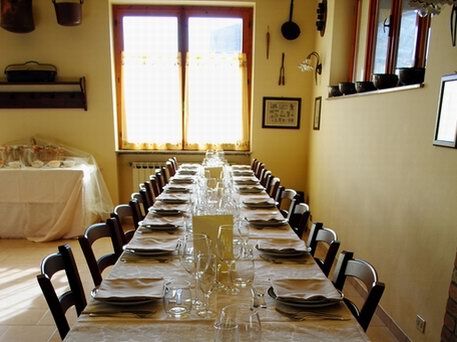
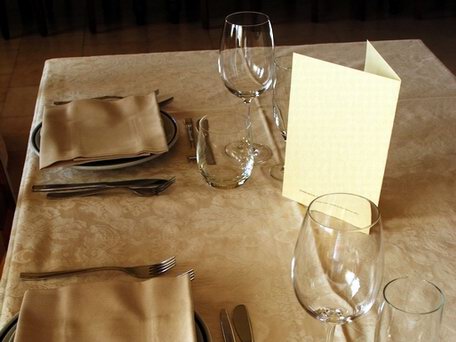
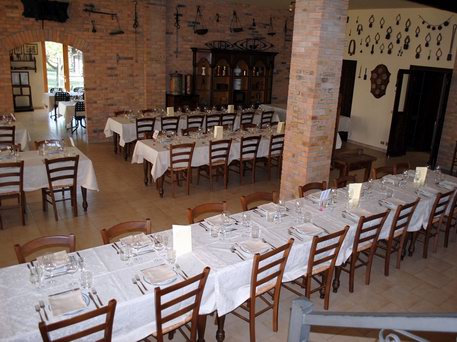
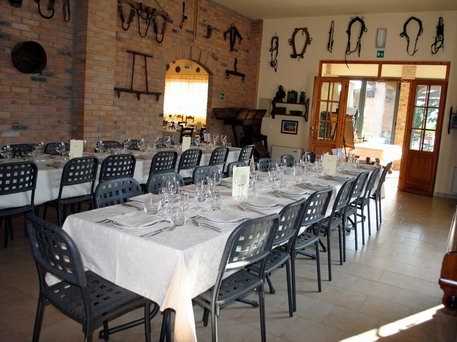
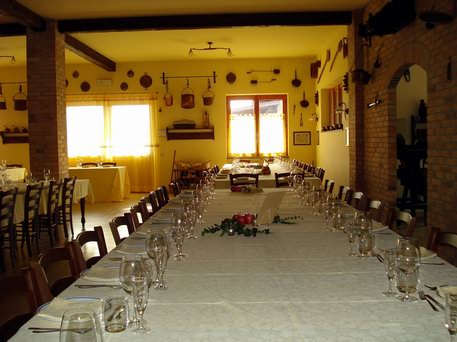
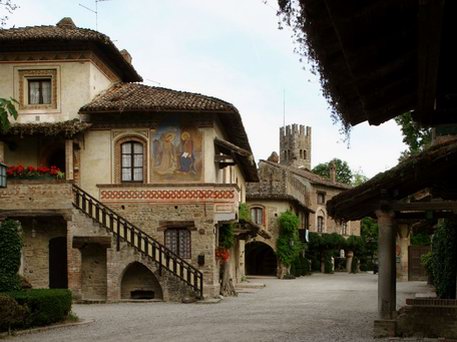
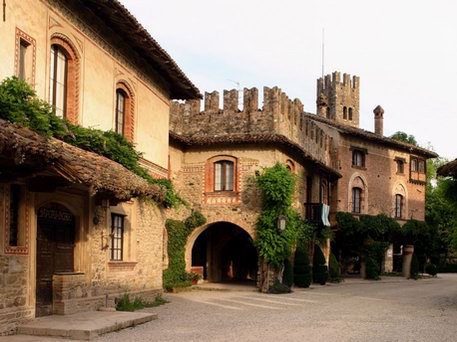
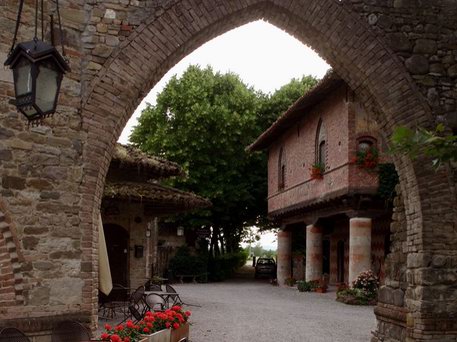
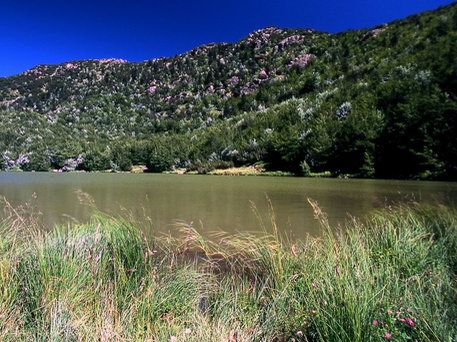
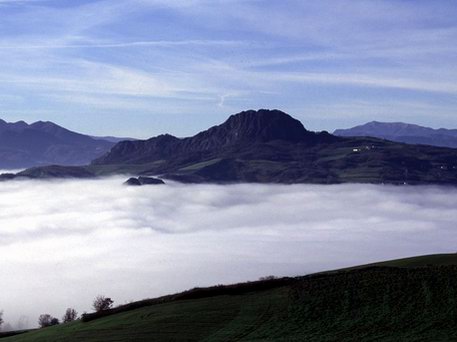
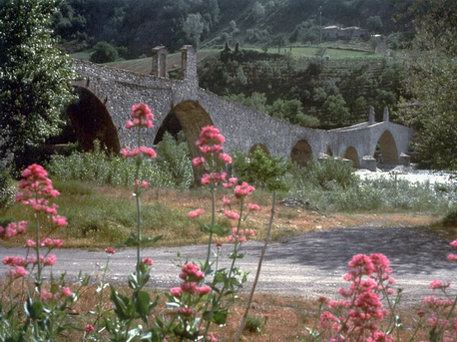
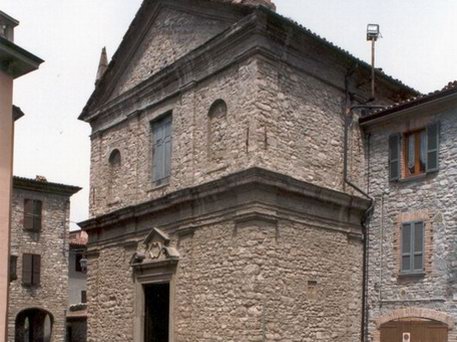
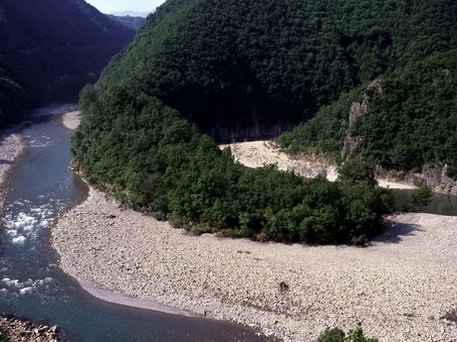
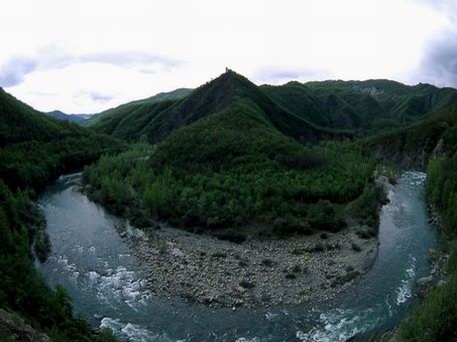
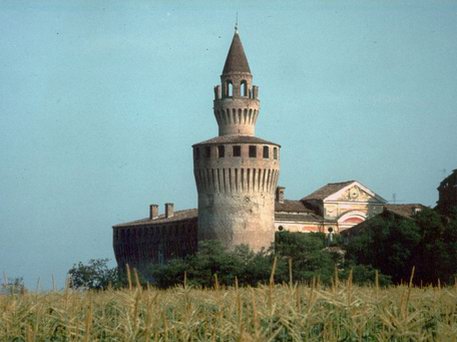
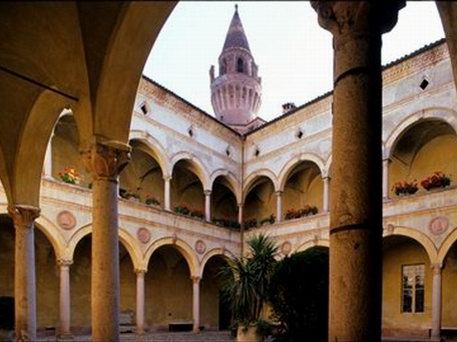
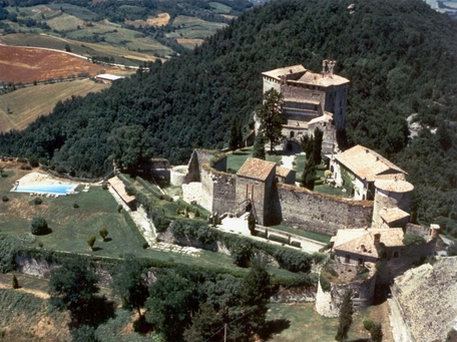
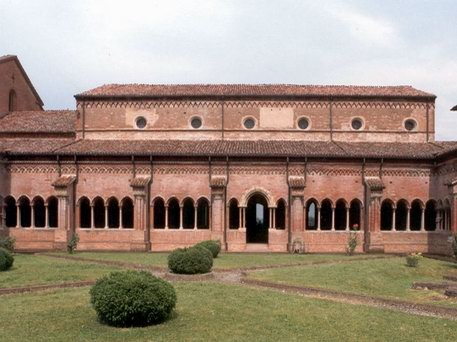
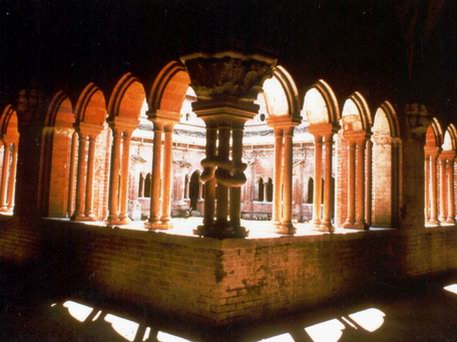
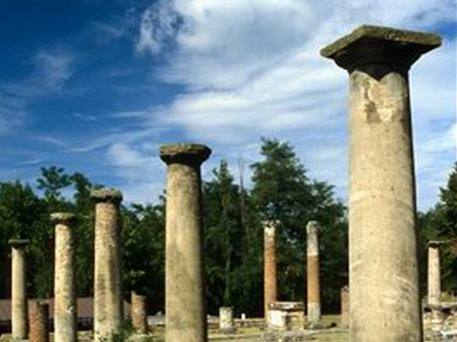
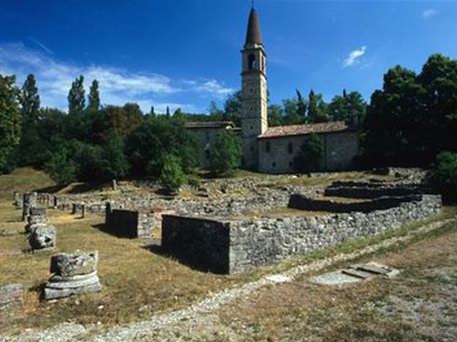
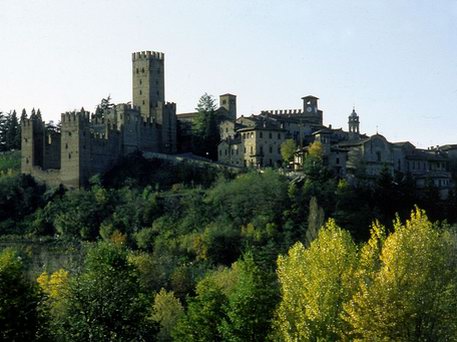
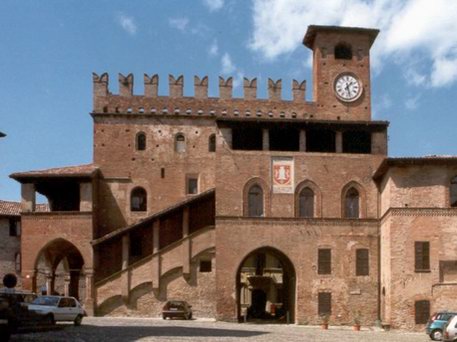
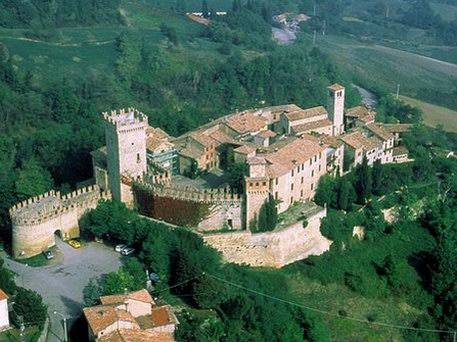
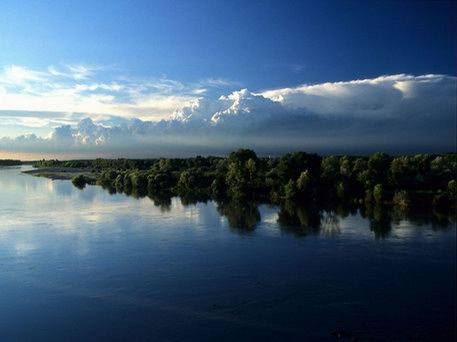
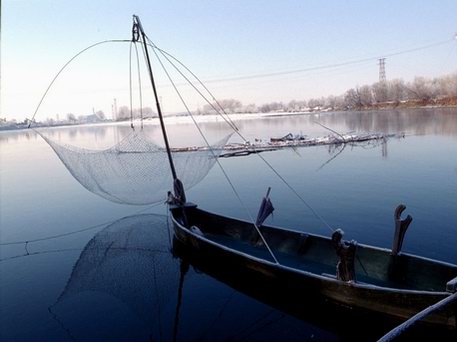
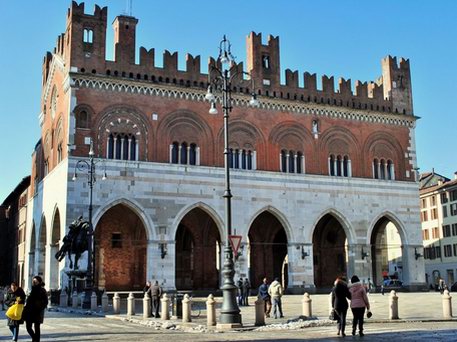
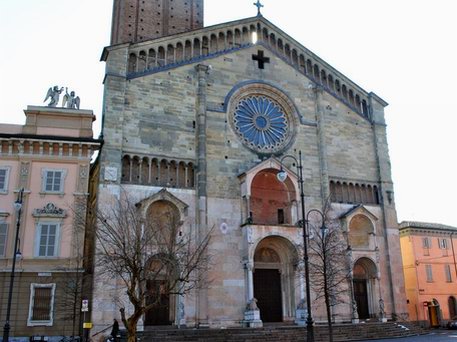
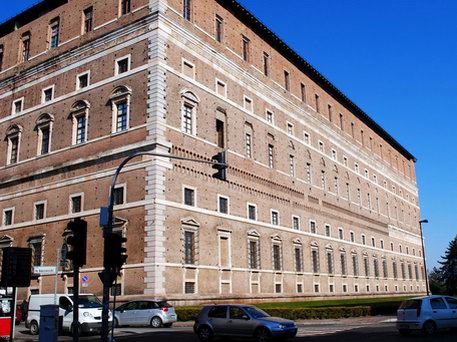
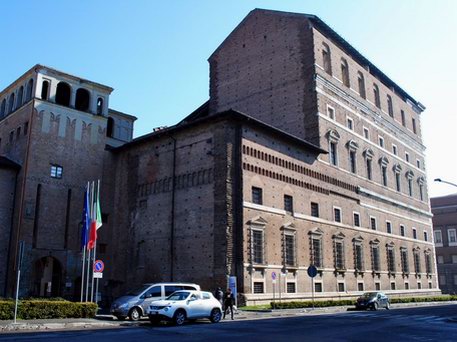
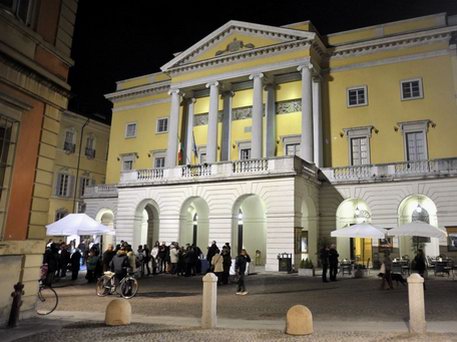
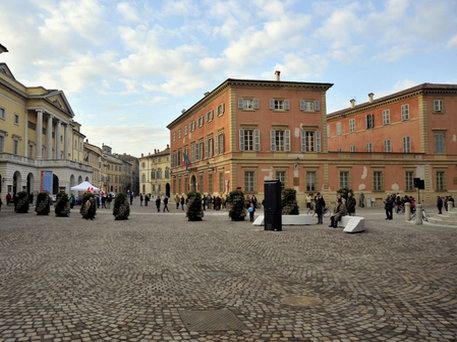
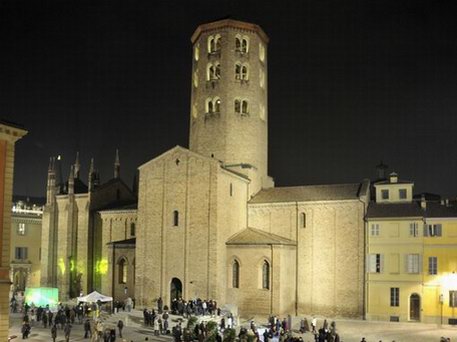
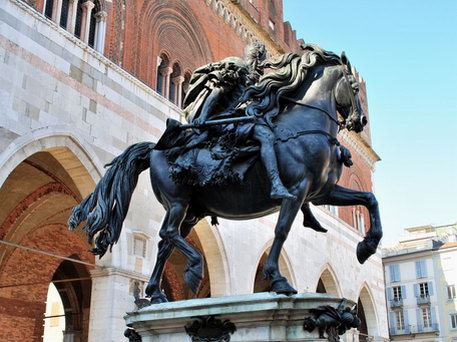
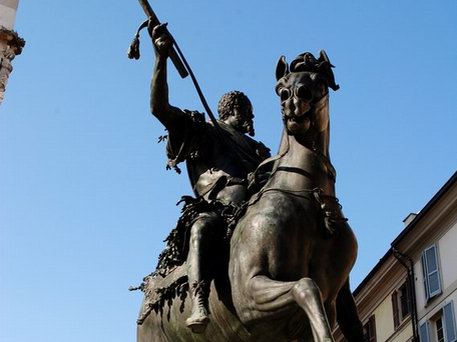
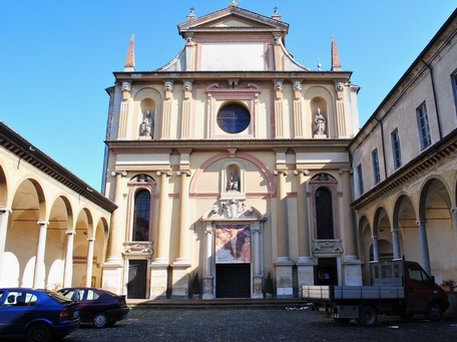
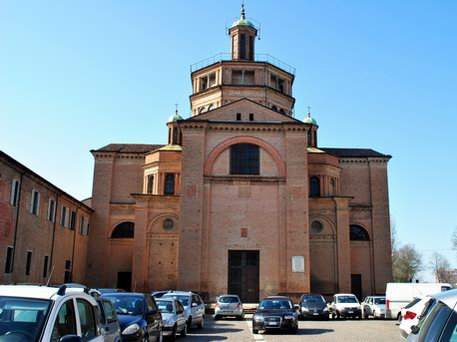
 Campaign financed according to EC REG. N. 1234/07
Campaign financed according to EC REG. N. 1234/07